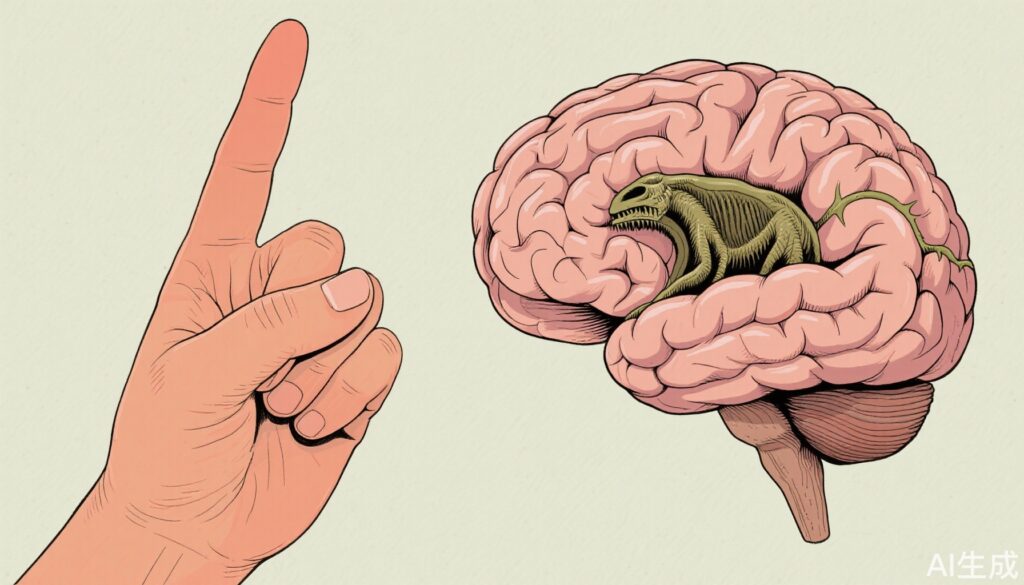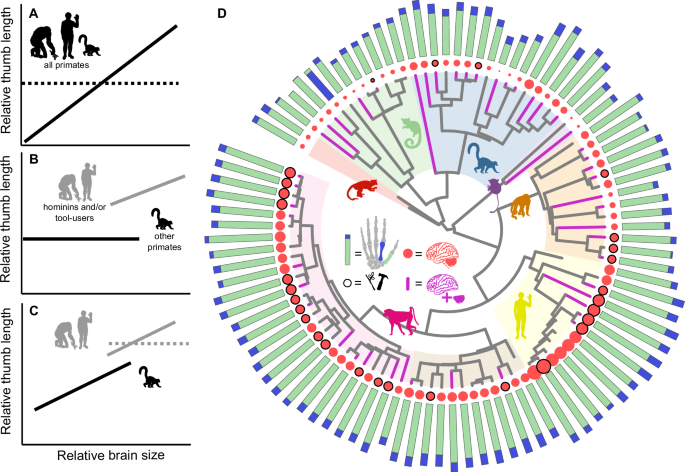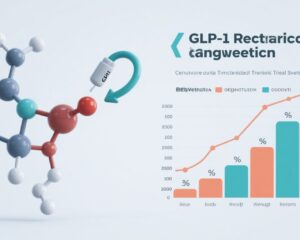Introduction
The human brain is a marvel of natural evolution, enabling advanced cognition, problem-solving, and fine motor skills. One question that has fascinated scientists for decades is what factors led to the dramatic enlargement and complexity of our brains compared to other animals. Recent research published in the journal Communications Biology suggests a fascinating link between the evolution of primate brains and the morphology of their thumbs. This study proposes that thumb length and brain size evolved in tandem, potentially shedding new light on how human intelligence and dexterity co-developed over millions of years.
What the Data Tell Us: The Study’s Findings
Dr. Joanna Baker from the University of Reading and her team conducted an extensive analysis of 94 species of primates, spanning living species and fossil records. They specifically investigated the relationship between thumb length — measured by the length of the thumb’s metacarpal bone — and brain weight. Their results revealed a consistent pattern: primates with longer thumbs tended to possess heavier brains.
Fig. 1: Data and potential scenarios for the coevolutionary relationship between thumb length and brain size across primates.
A In this (expected) scenario, relative brain size and thumb length co-evolved across all primates (solid line). If these two traits are unlinked, we would observe no relationship (dashed line). B Alternatively, we may see a scenario in which a relationship exists only for hominins and/or tool-users. C Finally, it is possible that brain size and thumb length coevolved across all primates, but there is a shift in the intercept of the relationship between hominins and/or other tool-using species, which might be the case if there was some reorganization of the neuro-behavioural basis of manipulation. D Phylogenetic tree of the 95 species used in the main analyses. Manual dexterity is measured using the relationship between the length of the first metacarpal (MC1, green) and the second metacarpal (MC2, blue) – the length of both bones is shown by the bars at the tips of the tree (shorter bone superimposed on top). Whole brain size is represented by red circles at the tips of the tree, with species with documented tool-use outlined in black. Species for which we have both cerebellum and neocortex volumes are indicated by purple branches. Silhouettes represent major primate clades and are for illustrative purposes only: Adapiformes (n = 2, red); Lorisiformes (n = 11, green); Lemuriformes (n = 16, blue); Tarsiiformes (n = 2, purple); Platyrrhini (n = 13, orange); apes (n = 13, yellow); Colobinae (n = 12, brown); Cercopithecinae (n = 26, pink).
Delving deeper, the study highlighted that it is particularly the neocortex, the outer layer of the brain responsible for higher-order functions such as cognition, planning, and sensory perception, which increases in mass alongside thumb length. This association was unexpected as researchers had hypothesized the cerebellum, the region managing motor coordination, might be more closely linked to thumb morphology.
To test the functional implications of this connection, the team conducted dexterity experiments on 41 primate species. Primates with longer thumbs demonstrated superior ability to manipulate small objects with precision. This finding adds weight to the idea that enhanced thumb dexterity could have driven cognitive advancements by enabling more sophisticated tool use and problem-solving behaviors.
Rewriting the Evolutionary Narrative
Conventional wisdom has often assumed that brain growth and increased intelligence preceded and enabled the evolution of fine motor skills and tool use among early humans. However, Dr. Baker proposes a more integrated model: the evolution of thumb length and brain expansion likely progressed simultaneously, influencing one another in a feedback loop. Longer thumbs enabled better manipulation of objects and tools, which in turn favored the development of brain regions supporting planning and cognition.
If true, this challenges the traditional linear view and highlights the complex interplay between anatomy and neurological development in shaping human evolution.
Expert Insights and Perspectives
Although groundbreaking, these findings do not entirely settle the debate on the drivers of human brain and hand evolution. Dr. Foteos Alexander Karakostis, a biology professor not involved in the study, acknowledged the importance of the link but cautioned that thumb length and brain size alone cannot explain the entire evolutionary process. He emphasized the need to investigate other anatomical features such as finer details of hand structure, muscle function, and neural circuitry involved in action planning.
Continued research integrating comparative anatomy, fossil evidence, and neurobiology will be essential to developing a comprehensive understanding of human evolution.

Implications for Medicine and Neuroscience
Understanding the evolutionary relationship between manual dexterity and brain development extends beyond anthropology into clinical realms. For example, insights into how brain regions supporting fine motor skills evolved can inform neurological rehabilitation strategies for patients with motor impairments due to stroke, injury, or neurodegenerative conditions. It also underscores the intimate connection between motor function and cognitive health.
Conclusion
The synchrony between thumb evolution and brain development opens new vistas into human origins, challenging simple cause-and-effect models of intellectual progress. By exploring the intertwined pathways of anatomy and cognition, science moves closer to unraveling the complexities that granted humans their distinctive capabilities.
As research continues, integrating fossil records, functional studies, and neurological data will be key to building a nuanced picture of the evolutionary processes that shaped our species.
References
Baker, J., Barton, R.A. & Venditti, C. Human dexterity and brains evolved hand in hand. Communications Biology 8, 1257 (2025). https://doi.org/10.1038/s42003-025-08686-5 IF: 5.1 Q1




